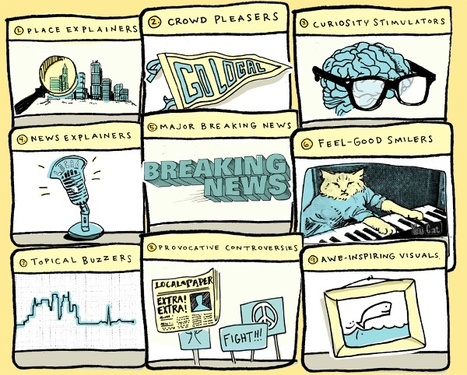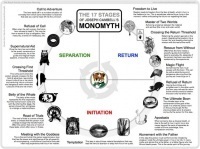Many brands today are turning to storytelling in branding as a strategy to connect with consumers. These curated speeches demonstrate how this particular strategy benefits different brands and how it can be implemented in different industries.
Get Started for FREE
Sign up with Facebook Sign up with X
I don't have a Facebook or a X account
 Your new post is loading... Your new post is loading...
 Your new post is loading... Your new post is loading...

Laurent Brixius's curator insight,
January 22, 2013 4:25 AM
Evitons les egos démesurés, pas si rares dans la profession d'architecte... L'exemple pris pour cet article est justement un architecte.

Elizabeth Rogers's curator insight,
April 2, 2015 2:53 PM
TAKE A LOOK AT ALL THE DIFFERENT TYPES OF STORY STRUCTURE DIAGRAMS. WHICH LOOKS MOST LIKE THE ONE WE HAVE DONE IN CLASS? 
Nathan Schultz's curator insight,
November 25, 2015 6:10 PM
A more humerous link, this article uses various funny graphics to explain the basics of plot, character arcs, four act structures, ect. Interesting because it using a newer medium to better explain an old medium.

Ken Morrison's comment,
September 5, 2012 8:49 PM
Thank you for the recent rescoops! Hope you are having a nice weei.
Ken |

Denyse Drummond-Dunn's curator insight,
February 19, 2013 3:59 AM
I can never get enough tips and tricks for improving our essential storytelling skills. No excuse not to be brilliant at it these days. 
Two Pens's curator insight,
February 19, 2013 11:30 PM
All business have conflict: lack of sales, poor service, employee malaise... The issue is often that management doesn't want to talk about the negative but you have to have a hellish situation in order to make a story compelling.

Brian Yanish - MarketingHits.com's curator insight,
January 16, 2013 11:13 PM
The Internet has put life back in brands that consumers love. |






























Awesome videos and brand storytelling resource...